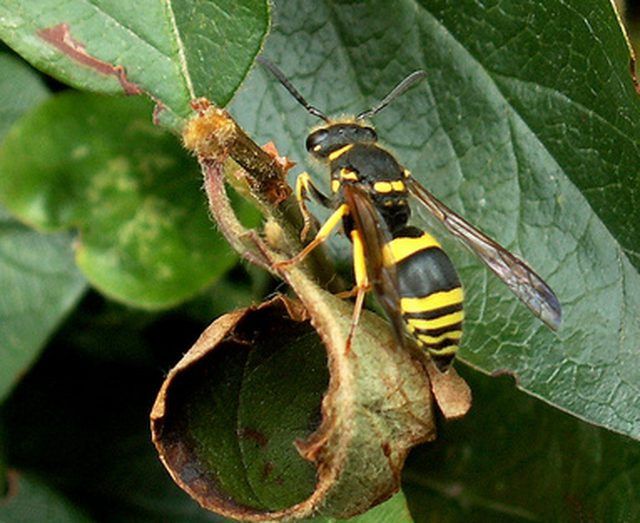Bulbs
Flower Basics
Flower Beds & Specialty Gardens
Flower Garden
Garden Furniture
Garden Gnomes
Garden Seeds
Garden Sheds
Garden Statues
Garden Tools & Supplies
Gardening Basics
Green & Organic
Groundcovers & Vines
Growing Annuals
Growing Basil
Growing Beans
Growing Berries
Growing Blueberries
Growing Cactus
Growing Corn
Growing Cotton
Growing Edibles
Growing Flowers
Growing Garlic
Growing Grapes
Growing Grass
Growing Herbs
Growing Jasmine
Growing Mint
Growing Mushrooms
Orchids
Growing Peanuts
Growing Perennials
Growing Plants
Growing Rosemary
Growing Roses
Growing Strawberries
Growing Sunflowers
Growing Thyme
Growing Tomatoes
Growing Tulips
Growing Vegetables
Herb Basics
Herb Garden
Indoor Growing
Landscaping Basics
Landscaping Patios
Landscaping Plants
Landscaping Shrubs
Landscaping Trees
Landscaping Walks & Pathways
Lawn Basics
Lawn Maintenance
Lawn Mowers
Lawn Ornaments
Lawn Planting
Lawn Tools
Outdoor Growing
Overall Landscape Planning
Pests, Weeds & Problems
Plant Basics
Rock Garden
Rose Garden
Shrubs
Soil
Specialty Gardens
Trees
Vegetable Garden
Yard Maintenance
How to Get Rid of Cicada Wasps
How to Get Rid of Cicada Wasps. Cicada killer wasps are large, intimidating insects that can frighten children and adults alike. While they are not considered dangerous, cicada killers can be an annoyance whose burrows can disfigure a lawn. These are solitary wasps that do not build communal nests. They do, however, live in groups where each adult...

Cicada killer wasps are large, intimidating insects that can frighten children and adults alike. While they are not considered dangerous, cicada killers can be an annoyance whose burrows can disfigure a lawn. These are solitary wasps that do not build communal nests. They do, however, live in groups where each adult female builds its own nest. If you have cicada killer wasps burrowing in your yard and want to get rid of them, there are several steps you can take.
Things You'll Need
Pesticide (liquid or dust)
Gloves
Long-sleeved shirt
Shovel
Start your lookout for nesting cicada killers in mid-July. Treating the burrows early in the wasps' breeding season is important in preventing an infestation in the following year. The longer you wait, the more the chances that cicada larvae will survive in walled-off protected cells in the burrows, to mature and emerge in the following July.
As a solitary wasp, each female cicada killer builds its own nest, a burrow with a single entrance and several tunnels that may have 16 or more cells in which its larvae feed on paralyzed cicadas. While the wasps are solitary, they live in nesting aggregations that may contain from a handful to 100 individual burrows. These are often built in bare patches in lawns or in piles of dirt where there is plenty of sun.
Mark the locations of the wasps' nests so that you can find them at night. Push a stake or stick into the ground near the entrance to each burrow. Be careful not to push the stakes into the nests themselves.
Treat wasp nests at night, when all the wasps are in residence and settled for the night. Don gloves and a long-sleeved shirt to protect yourself from any possible retaliation and from getting pesticide on bare skin. Mix and prepare your pesticide liquid or dust. Carbaryl-based pesticides are particularly effective against cicada killers.
Sprinkle or spray the pesticide directly into the nest. Sprinkle or spray only a small amount of pesticide into each nest; it won't take much of the poison to kill the inhabitants. Leave the pesticide in place to do its work. Don't block the tunnel entrance; you want the female to walk through the poison.
Repeat the treatment several times during the breeding season (mid-July to mid-September). Kept an eye out for new burrows.
Tips & Warnings
Only female cicada killer wasps are capable of stinging. The males may dive bomb intruders, but they have no sting and are harmless. The females only sting if handled; they do not attack otherwise.
Prevent future infestations by destroying old nests in the fall and maintaining a thick, healthy lawn. Set your mower at the highest level when you cut the grass in an infested area.
Don't block off the entrances of the nests until after the breeding season is over (mid-September). Otherwise surviving females may dig new burrows.